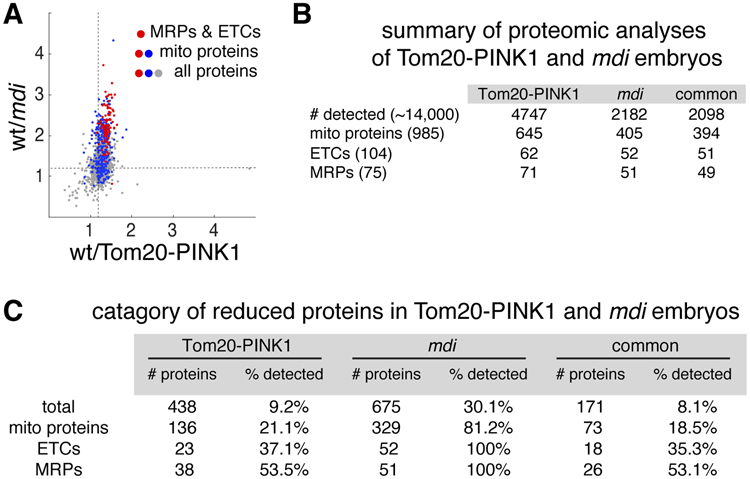Figure 5. PINK1 and MDI/Larp Share Mitochondrial Protein Targets.

(A) Scatter plot of a total of 2098 proteins detected in both Tom20-PINK1 and mdi1 eggs (Zhang et al., 2016), showing the proteins’ abundance ratios in wt vs Tom20-PINK1 egg extracts (X-axis) and wt vs mdi1 egg extracts (Y-axis). Note that most proteins reduced in Tom20-PINK1 eggs are also reduced in mdi1 eggs, although the reduction is more pronounced in mdi1 eggs than in Tom20-PINK1 eggs. Dashed lines mark the 1.2 ratio. Mitochondrial proteins (blue), particularly mitochondrial ribosomal proteins and ETC subunits (red), are among the most severely reduced.
(B) Summary of proteomic analyses of Tom20-PINK1-expressing and mdi mutant eggs. The number of recovered proteins in each background and the number of proteins common to both (common) are shown. Total numbers of annotated proteins, mitochondrial proteins, mitochondrial ribosomal proteins and electron transport chain complex subunits in Drosophila melanogaster genome are shown in parentheses.
(C) Category of proteins reduced by more than 1.2-fold in Tom20-PINK1-expressing and mdi mutant eggs compared to wild type eggs. Absolute numbers of reduced proteins (# of proteins) and the ratio relative to the numbers of proteins detected in each category (% detected) are shown (P < 0.05 and FDR < 0.05). Note that most reduced proteins in Tom20-PINK-expressing and mdi mutant eggs are mitochondrial ribosomal proteins (MRPs) and subunits of electron transport chain complexes (ETCs).
